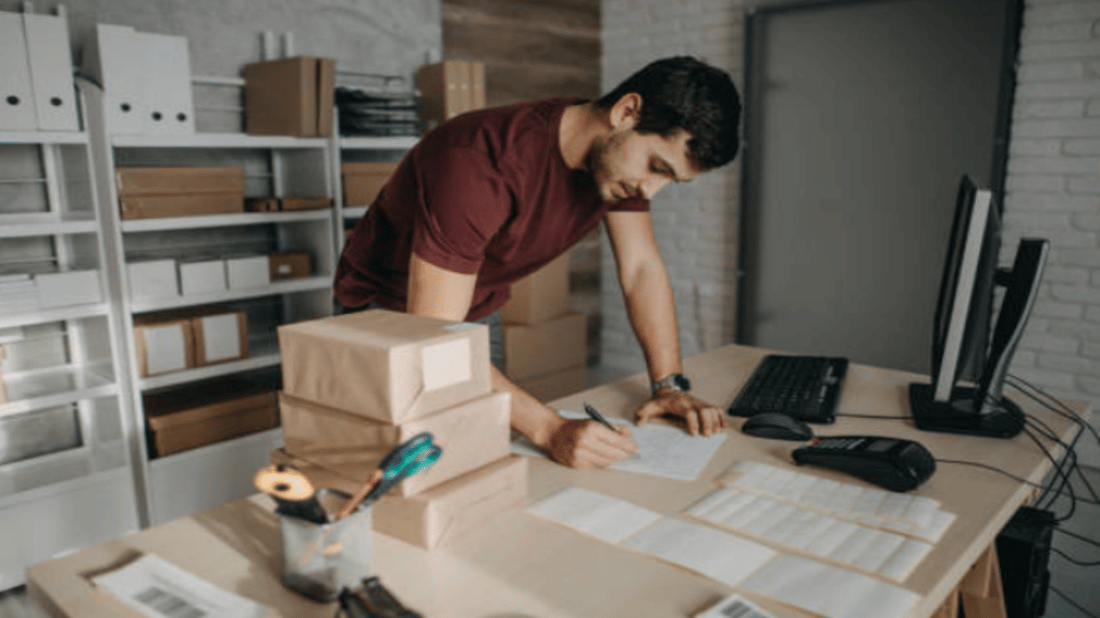boxes for packing: A Comprehensive Guide
Packing can be a stressful and overwhelming experience, but having the right tools can make all the difference. One of the most important tools in anyone's packing arsenal is a good quality box. In this article, we will explore the different types of boxes available for packing and provide some tips and tricks for packing efficiently and effectively.
Types of Boxes for Packing
Not all boxes are created equal. There are several different types of boxes available for packing, each with its own set of advantages and disadvantages. Here is an overview of the most common types of boxes:
Cardboard Boxes
Cardboard boxes are the most commonly used type of box for packing. They are affordable, easy to find, and can be used for a wide range of items. However, cardboard boxes are not always the sturdiest option, and they are not suitable for packing heavy or fragile items.
Plastic Boxes
Plastic boxes are a great alternative to cardboard boxes, especially for items that need to be protected from moisture or dust. They are reusable, durable, and come in a variety of sizes and shapes. However, plastic boxes can be more expensive than cardboard boxes, and they take up more space when not in use.
Wooden Boxes
Wooden boxes are the most sturdy and durable type of box for packing. They are ideal for packing heavy or valuable items that need extra protection. However, wooden boxes can be expensive, and they are not always easy to find.
Choosing the Right Size Box
Choosing the right size box is crucial for efficient packing. A box that is too small can result in items getting damaged or crushed, while a box that is too large can be difficult to transport and result in wasted space. Here are some tips for choosing the right size box:
Measure Your Items
Before you start packing, take the time to measure all of your items. This will help you choose the right size box for each item, and ensure that everything fits securely and comfortably.
Don't Overfill Your Boxes
Avoid packing your boxes too full, as this can result in items getting damaged or the box breaking. As a general rule, aim to fill boxes to around 80% of their capacity.
Packing Tips and Tricks
Packing efficiently and effectively is all about using the right techniques and tools. Here are some tips and tricks to help you pack like a pro:
Start Early
Start packing early to avoid stress and ensure that you have enough time to pack everything properly. Begin by packing items that you don't use often, and leave essential items to pack last.
Use Protective Materials
Use protective materials such as bubble wrap, packing peanuts, or newspaper to wrap fragile items and provide extra cushioning. This will help to prevent damage during transport.
Label Your Boxes
Label your boxes clearly with the contents and the room they belong in. This will make it easier for you to find everything when you arrive at your destination.
Use Specialty Boxes for Specific Items
For some items, such as clothing or dishes, it may be easier to use specialty boxes designed for that specific item. Clothing boxes are tall and wide, while dish boxes have extra padding and dividers to keep your dishes safe.
Conclusion
Choosing the right boxes for packing, and using the right techniques, can make the process of packing much easier and less stressful. Whether you opt for cardboard, plastic, or wooden boxes, make sure that you choose the right size and pack your items carefully to ensure that they arrive in good condition.

